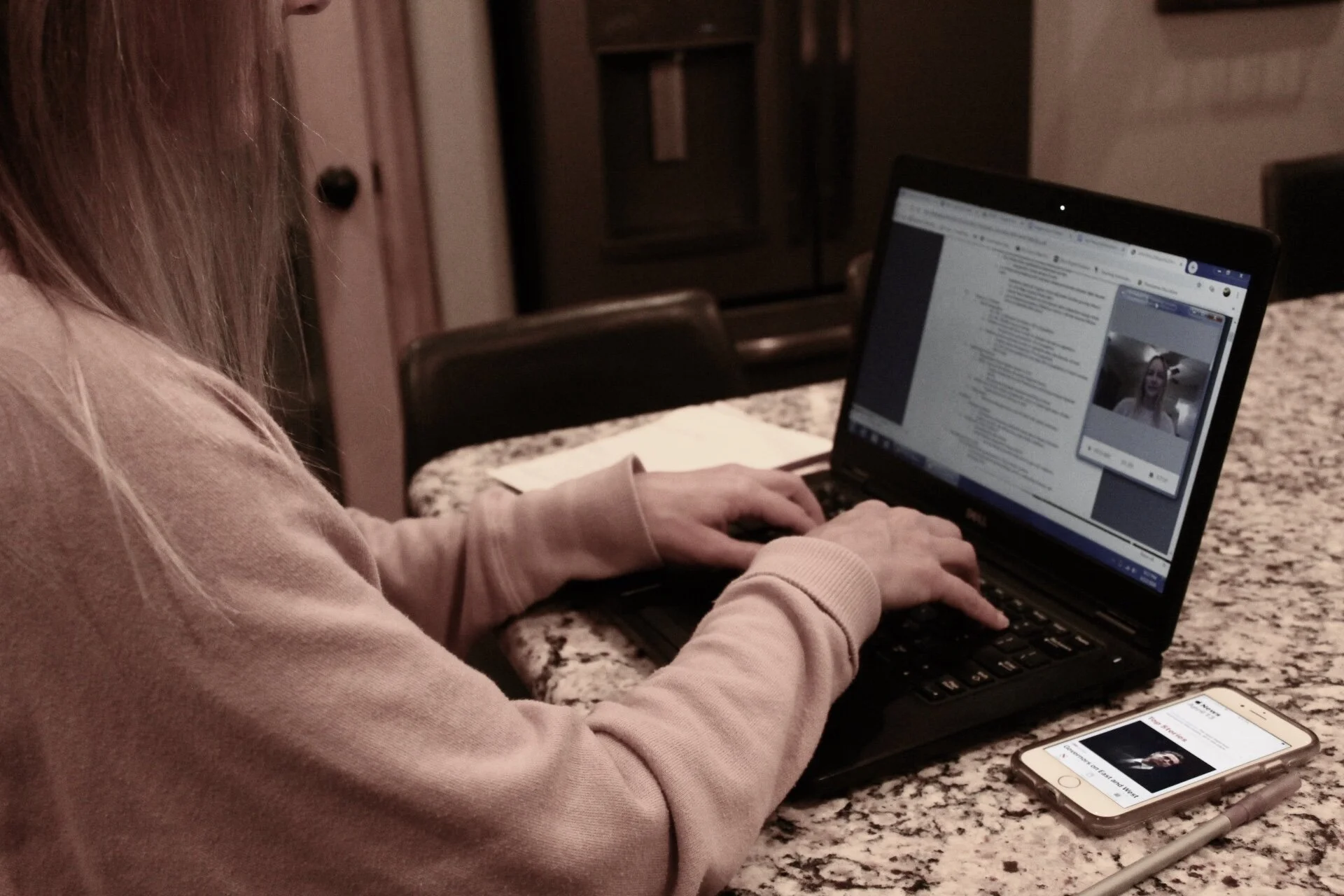Changes in the Elementary Schools
Photo by Cora Kuhlenbeck.
In the past decade, our world has advanced greatly. Different types of technology have been created, society has become more aware of its effects on the world, and education has become more personalized. Because of the quick advancement of technology and changes in trends, education is not the same as it used to be. Five elementary school staff members have been interviewed about what they have seen change during their time working at the schools and how that change has affected their teaching styles. Their responses and other research have been collected below to describe the changes that are occurring in the elementary classroom.
How has the advancement of technology affected the elementary schools?
As technology has advanced, Hamilton School District’s elementary schools have taken advantage of it to better engage and educate their students. Though cell phones are not allowed at the elementary level, Chromebooks and iPads are used almost daily by the students. Most reading and writing projects and assignments are now completed online, and almost all humanities classes have Google Classrooms. Instead of students carrying agendas, they use Google Classroom to keep track of assignments and projects. Regarding the change in technology, Mrs. Knutson said, “Book club discussions and writing research projects specifically have evolved considerably. Students use Google daily to write, research, and respond to their reading assignments and collaborate with peers on various projects.” Instead of students going to the libraries and doing the majority of their research there, they do most of their research online with search engines purchased by the district. These include Brainpop, Generation Genius, SIRS, Culturegrams, World Book Online, TrueFlix, FactCite, and Explora. Some of these sites were used for many years but were typically used only by the teacher, not by each individual student.
Just like in Hamilton School District’s middle and high schools, SMART boards have been installed in almost every classroom and are used daily to teach lessons. At young ages, elementary students are being exposed to robots and taught very basic coding. According to Woodside’s Mrs.Enoch, communication with parents has also improved and is now almost completely done on email and through different types of technology. Teachers even have students record their voices and take pictures on apps to share with parents. This constant exposure to technology helps these students gain strong technical problem-solving skills at young ages and ensures that more kids will grow to have an interest in technology and robotics. As the principal of Woodside, Dr.Edmond wrote, “As students are exposed to more technology, the world and possibilities for extended learning opportunities have been exciting for all of us.”
How has personalized learning changed teaching styles?
Personalized learning has grown and is now expected of teachers at all grade levels. Personalized learning is when activities and teaching methods are matched to students' individual interests. For example, letting students pick any research topics they are interested in would be personalized learning. This recent trend helps students be more engaged in their schoolwork and has been increasingly utilized in projects and lessons at the elementary school level. According to Mrs.Enoch, “much of my teaching is now done with small groups of students within my classroom to aim toward personalized learning for all students”.' This is a commonality between most teachers, who now try to teach fewer kids at a time to have the opportunity to further personalize their teachings. This teaching method was used when many current HHS students were all young too, but wasn’t necessarily as prominent and definitely was not a popular buzzword.
How has the mental health crisis impacted elementary students?
According to nami.org (National Alliance on Mental Illness), Many elementary students are struggling with mental illnesses as young as kindergarten, and more students are developing different types of anxieties and social and emotional disorders within the elementary schools. Increasing numbers of students are in need of wellness support and therapy which is straining the resources that the schools have to deal with these illnesses. Some of the struggles related to these mental illnesses are difficulty communicating with others, playing together, paying attention, and working through problems and conflict. Some students may outgrow these disabilities and some may not. According to the Center For Disease Control and Prevention, one in six US children from the ages of 2-17 has been diagnosed with a mental, behavioral, or developmental disorder. This places an additional strain on teachers due to the high reliance on them to notice and diagnose these disorders. Along with this, the school’s resources are strained because they are not prepared to deal with the number of students struggling with these types of things. Experts believe that all schools, including elementary schools, need more available mental health professionals and therapists, as well as more mental health checks.
Conclusion
Elementary teaching is a lot different today than it used to be. There have not been many recent large policy changes, but students’ skills and behavior, as well as teaching styles, have evolved. Students are more technologically efficient and independent, but they also are more likely to develop mental illnesses. This creates a larger need for mental health professionals, early diagnosis of mental illness, and mental health treatment. More students are exposed and proficient in technological subjects like coding and typing. This is promising for the future of innovation and technological advancement. Education has and will continue to adapt, to our world’s advancements and grow to better support and motivate students.






